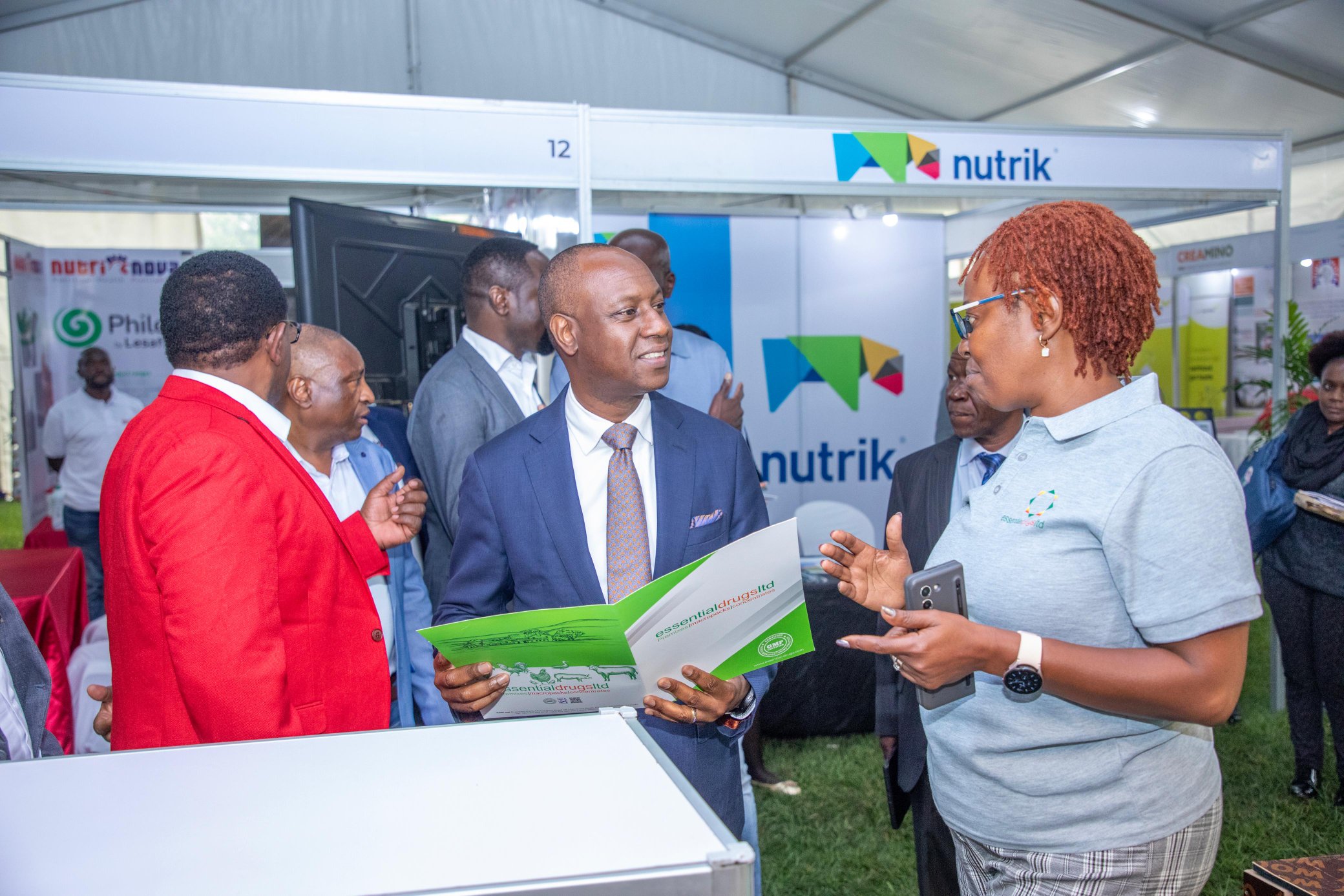The government is exploring the use of available biotechnologies in the production of animal feeds to in order to meet the local demand and bring down the cost of feeds for farmers.
According to Livestock Principal Secretary Jonathan Mueke, Kenya is currently facing a significant shortfall in meeting the feed requirements for its livestock sector currently pegged at 55 million metric tonnes. However, only 40pc is supplied hence the need to explore adoption of local technologies in feeds production.
“For the region to make high quality fodder and concentrates, we must harness available technologies developed by our researchers and create enabling environment for investment for mass production of the research technologies.
Kenya has since introduced genetically modified cotton whose seeds are used to make seedcake, a raw material used in the manufacture of animal seeds. The cotton seedcake currently make up 30pc of total animal feeds production of 1.2 million metric tonnes.
“Currently we are not importing any cotton seed cake we are buying it locally. The government through the Ministry of Agriculture has really initiate a process of supporting farmers grow genetically modified cotton and that cotton that they are growing after they process the cotton seeds, we are getting the cotton seed meal from the cotton,” Joseph Karuri, Chairman of the Association of Kenya Feed Manufacturers (AKEFEMA).
In order to plug raw materials deficit and improve production, Kenya has also been forced to import soya from countries such as Uganda and Zambia a factor which leads to increased prices of feeds.
“We want to commit as the ministry of agriculture and livestock that bringing down the cost of feeds is a very strong focus for us because that will enable us to bring down the cost of production and it will make our meat, milk, eggs and other livestock products both locally and globally competitive,” said Mueke.
During the Animal Feed Exhibition and Conference it emerged that the feed sector is also grappling with, lack of raw materials, limited availability of new feed protein sources, non-optimal transport, storage, production and application practices, as well as the lack of feed quality testing facilities. It also estimated that about 46.3 per cent of feeds is lost in the post-harvest stage.





